Prepare to embark on an unforgettable journey through time as we delve into the captivating world of castles near Llandudno—a realm where history comes alive amidst breathtaking natural beauty.
Nestled within the enchanting landscape of North Wales, the region surrounding Llandudno is home to a treasure trove of ancient castles that have stood the test of time. From soaring turrets to haunting legends, these majestic fortresses offer a glimpse into the rich history and legendary tales woven into the very fabric of this picturesque land. As you traverse the rugged terrain, you’ll discover an array of castles near Llandudno that beckon with their timeless allure, each steeped in its own unique stories and architectural marvels.
The rugged coastline and rolling hills provide a dramatic backdrop for these imposing structures, evoking a sense of awe and wonder as you step back in time to an era filled with knights, kings, and epic battles. Whether you’re drawn to the romantic ruins or impeccably preserved fortifications, there’s something inherently captivating about exploring these historic landmarks near Llandudno. So prepare to embark on an unforgettable journey through time as we delve into the captivating world of castles near Llandudno—a realm where history comes alive amidst breathtaking natural beauty.
Conwy Castle
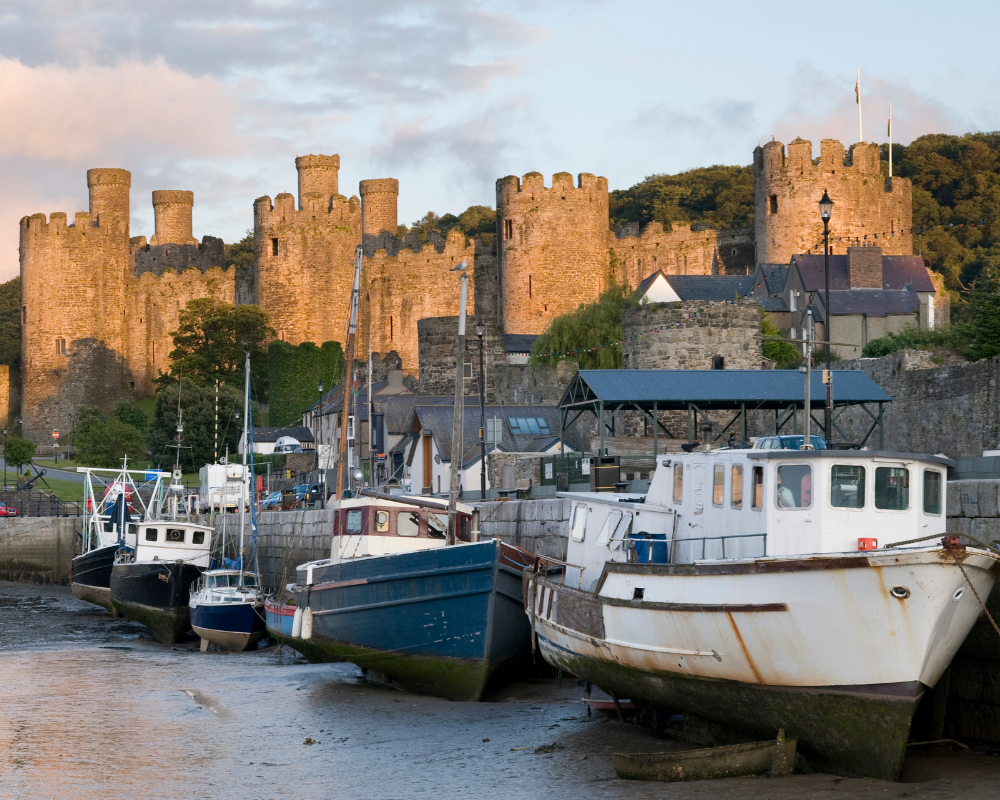
https://cadw.gov.wales/visit/places-to-visit/conwy-castle
Rose Hill St, Conwy LL32 8AY
The medieval fortress of Conwy Castle still towers over the town after 700 years. Thanks to restored spiral staircases in its great towers, you can walk a complete circuit around the battlements of Conwy Castle. In the distance rise the craggy mountains of Snowdonia, and spread out below you are the harbour and narrow streets of Conwy – still protected by an unbroken 1,400-yard ring of town walls. Conwy takes its place alongside Edward’s other great castles at Beaumaris, Harlech and Caernarfon as a World Heritage Site.
Beaumaris Castle
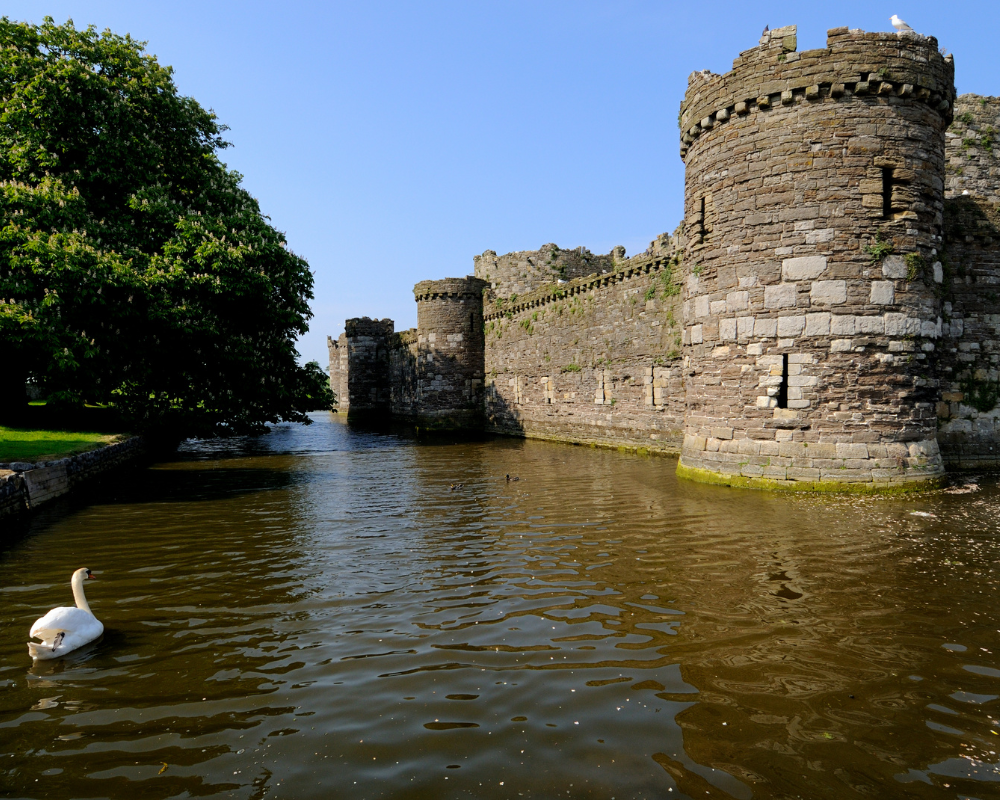
https://cadw.gov.wales/visit/places-to-visit/beaumaris-castle
Castle St, Beaumaris LL58 8AP
Beaumaris on the island of Anglesey is famous as the greatest castle ever built. It was the last of the royal strongholds created by Edward I in Wales. The ‘beau mareys’ or ‘beautiful marsh’ is beside the Menai Strait. Because this castle is special – both for its ambition’s scale and its proportions’ beauty. Gloriously incomplete Beaumaris is perhaps the supreme achievement of the greatest military architect of the age.
Penrhyn Castle
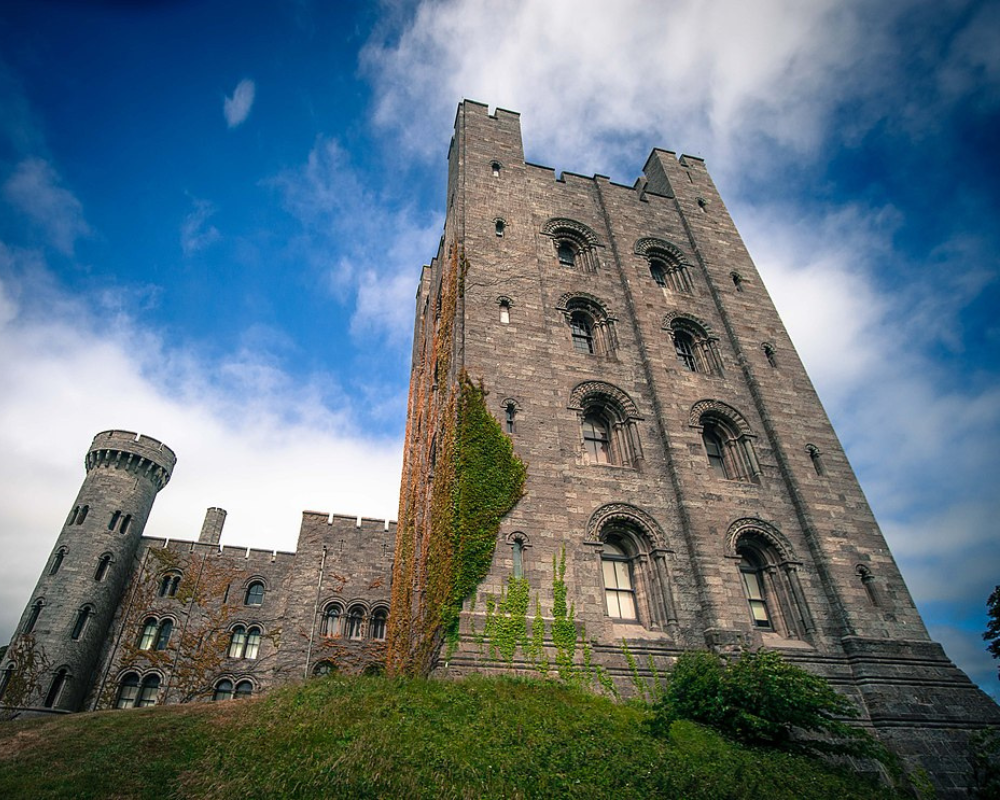
https://www.nationaltrust.org.uk/visit/wales/penrhyn-castle-and-garden
Bangor LL57 4HT
The stone façade of Penrhyn Castle hides more than just its internal red-brick construction. Built in the 19th century, its formidable architecture, interiors and fine art collection lean on a long history of social unrest and the longest-running industrial dispute in British history. Set on the Menai Straits, with a backdrop of the Eryri (Snowdonia) summits, Penrhyn Castle commands views of its quarry and the port from where the slate was exported worldwide.
Caernarfon Castle
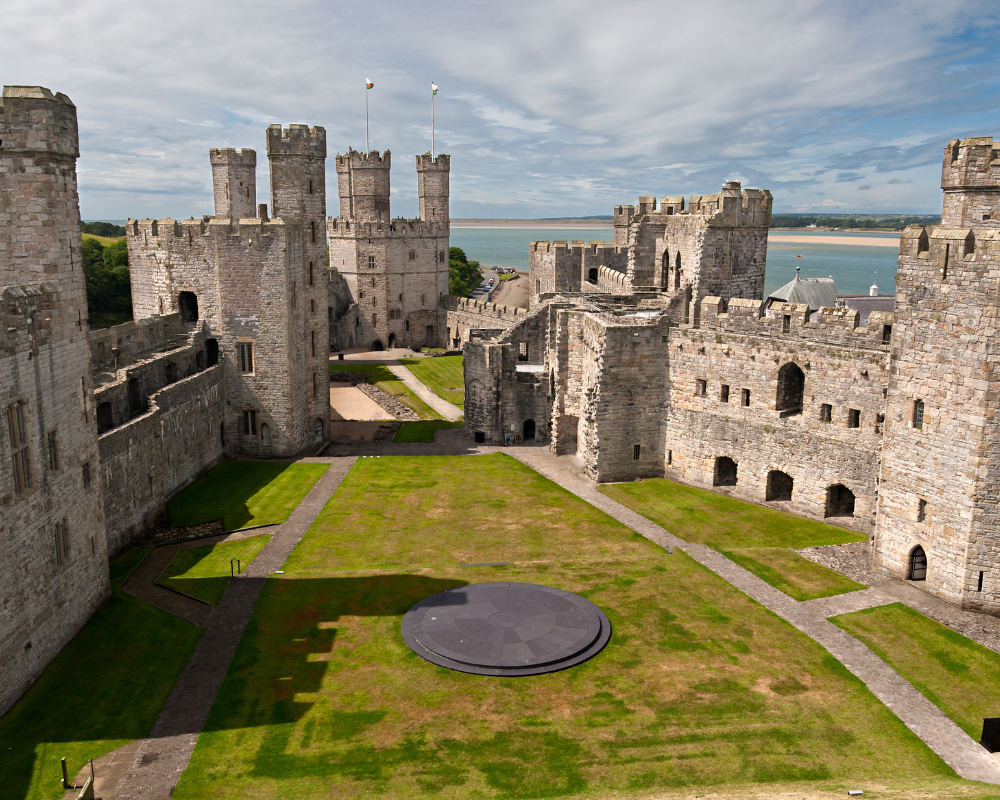
https://cadw.gov.wales/visit/places-to-visit/caernarfon-castle
Castle Ditch, Caernarfon LL55 2AY
Caernarfon Castle is recognised around the world as one of the greatest buildings of the Middle Ages. Set on the banks of the River Seiont, it is grouped with Edward I’s other castles at Conwy, Beaumaris and Harlech as a World Heritage Site. The castle was born out of the bitter war with Welsh princes. Even after 700 years, it still stirs the imagination like no other Welsh castle.
Criccieth Castle
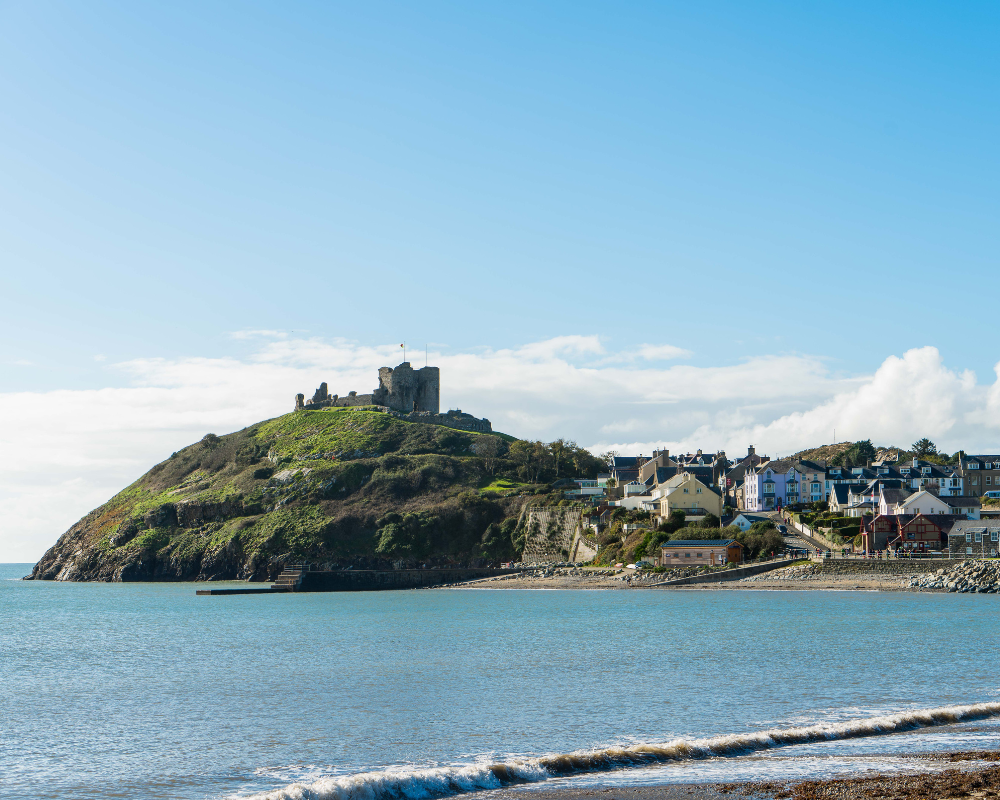
https://cadw.gov.wales/visit/places-to-visit/criccieth-castle
Castle St, Criccieth LL52 0DP
Crowning its own rocky headland between two beaches, Criccieth Castle commands views over the town and across the wide sweep of Cardigan Bay. This craggy fortress wasn’t enough to withstand Edward I’s invasion. The English king made a few improvements of his own, equipping the north tower with a stone-throwing machine to deter Welsh attacks. It was still in English hands in 1404 when the towers were burnt red by Owain Glyndŵr. Without a garrison to protect it, the town became entirely Welsh once more.
Harlech Castle
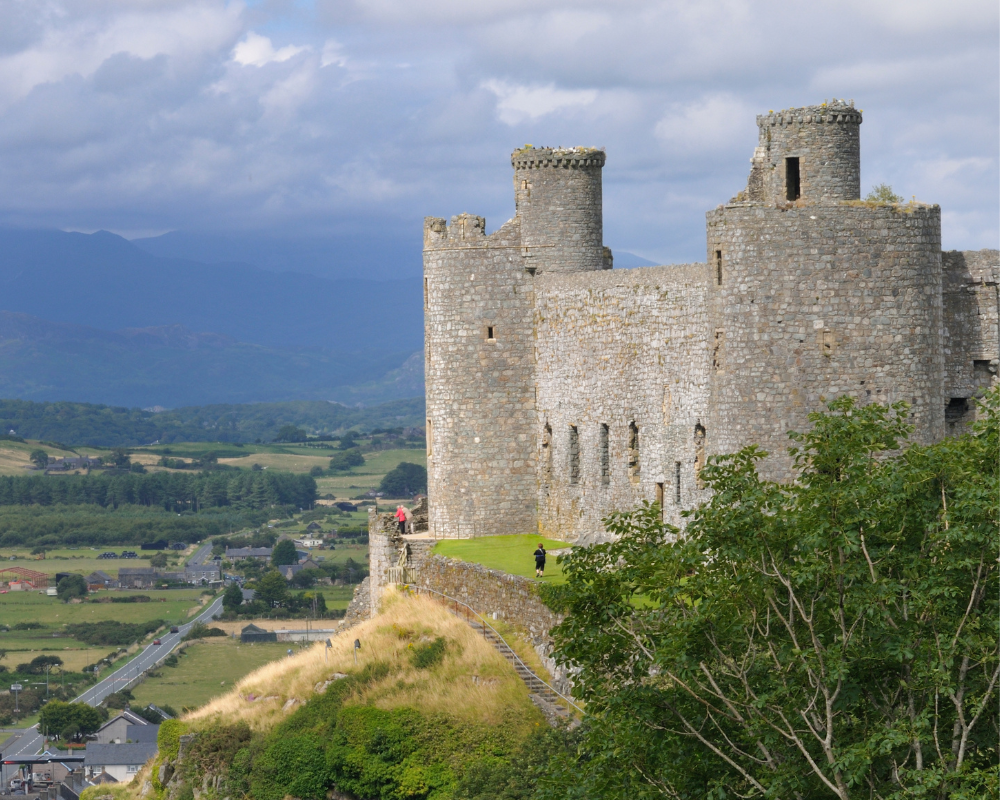
https://cadw.gov.wales/visit/places-to-visit/harlech-castle
Harlech LL46 2YH
Harlech Castle crowns a sheer rocky crag overlooking the dunes far below. Against fierce competition from Conwy, Caernarfon and Beaumaris, this is probably the most spectacular setting for any of Edward I’s castles in North Wales. Even when completely cut off by the rebellion of Madog ap Llewelyn, the castle held out – thanks to the ‘Way from the Sea’. This path of 108 steps rising steeply up the rock face allowed the besieged defenders to be fed and watered by ship. An incredible ‘floating’ footbridge allows you to enter this great castle as Master James intended – for the first time in 600 years.
Chirk Castle
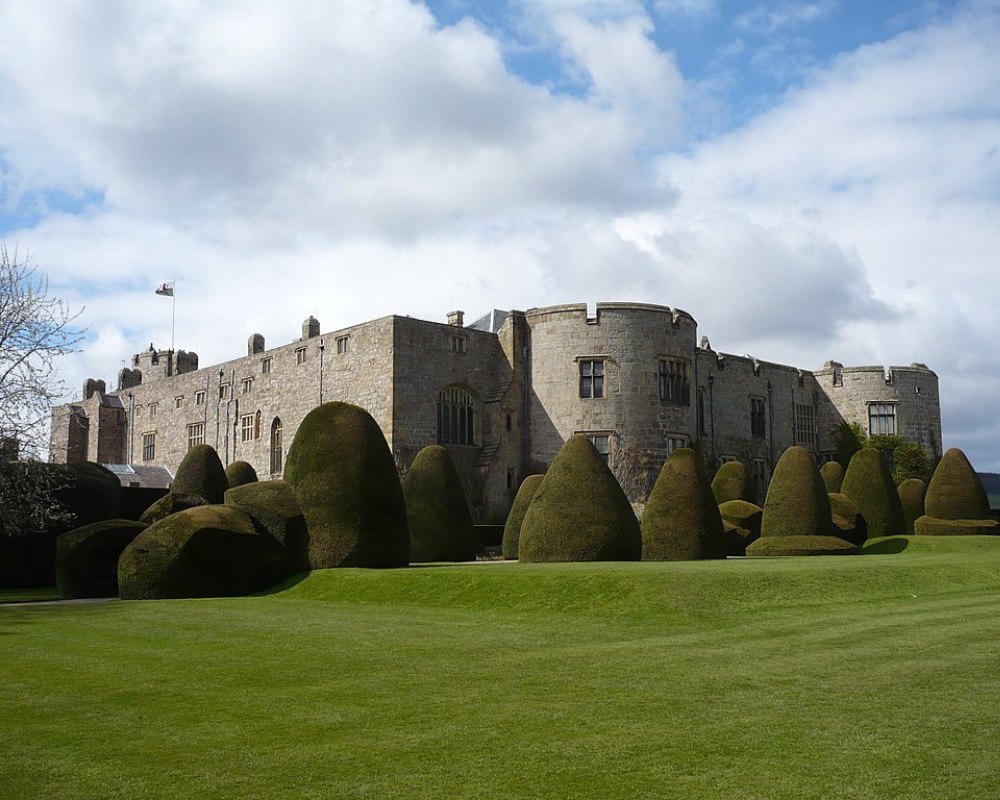
https://www.nationaltrust.org.uk/visit/wales/chirk-castle
Chirk Castle LL14 5AF
The construction of Chirk Castle began around 1295 during the reign of the conquering Edward I in order to subdue the last princes of Wales. Built on an outcrop above the meeting point of the Rivers Dee and Ceiriog, the castle was a brooding statement of English intent in these disputed lands. The interior includes a 17th-century Long Gallery, a grand parade of three 18th-century State Rooms with rich furniture, paintings and tapestries, the unique servants’ hall, and the Chapel Music room furnished to display Chirk Castle’s connections to high society in the 1920s and 1930s.
In conclusion, the castles near Llandudno offer a fascinating glimpse into the history and heritage of Wales. From the imposing walls of Conwy Castle to the picturesque ruins of Gwrych Castle, each site has its unique story. Visitors can explore these ancient fortresses, learn about their strategic importance, and appreciate their stunning views of the surrounding landscape. Whether you’re a history enthusiast or simply looking for an unforgettable day out, the castles near Llandudno are worth a visit. So pack your bags, plan your trip, and prepare to be transported back in time as you discover these remarkable landmarks.

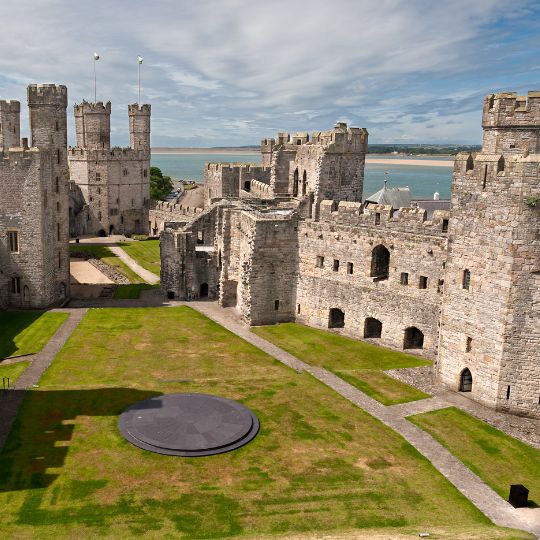
Wow Amazing history